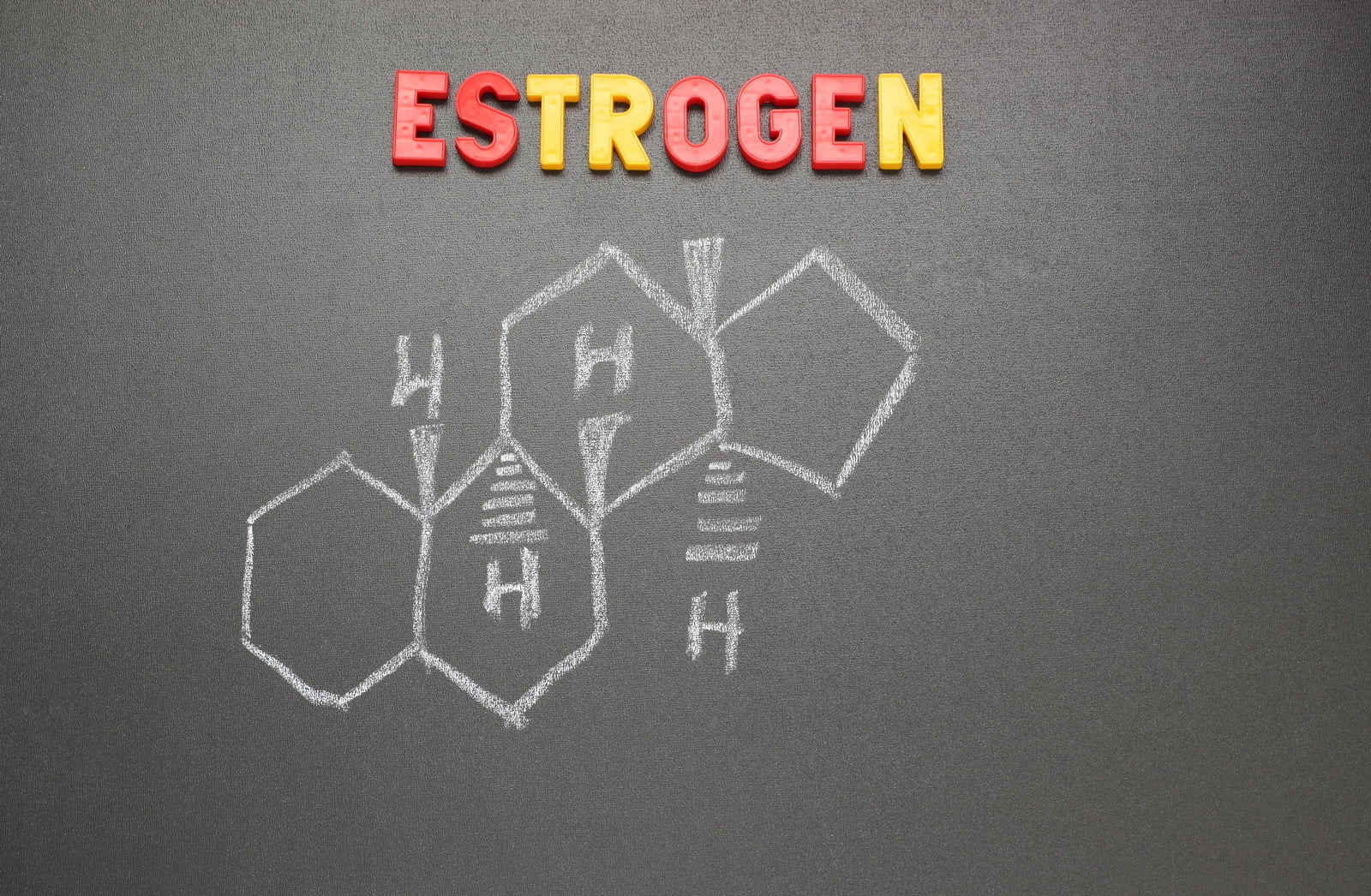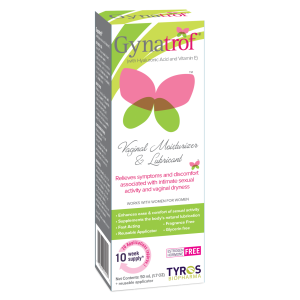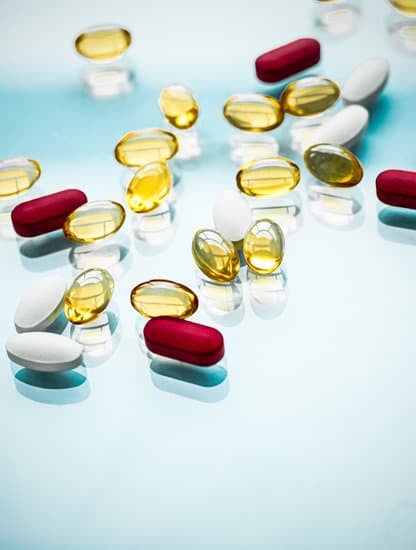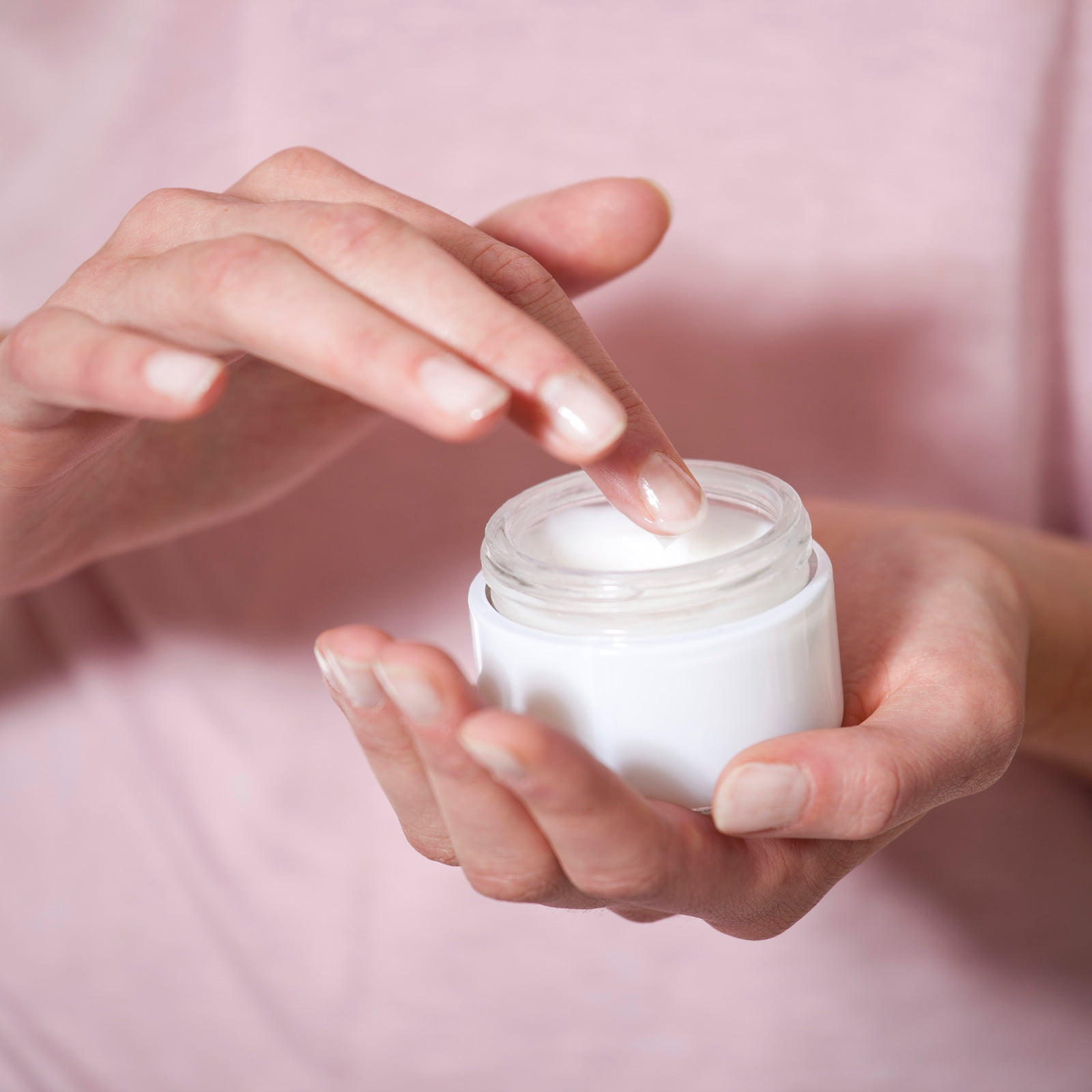Estrogen is crucial to women’s health, particularly in maintaining vaginal health. It helps regulate the menstrual cycle, supports reproductive health, and influences various bodily functions. In this article, we will explore the uses of estrogen for vaginal health, its potential adverse effects, and alternative approaches to support vaginal well-being.
The Importance of Estrogen for Vaginal Health
Estrogen, a primary female sex hormone, plays a fundamental role in the overall health and function of the female reproductive system. It is produced primarily in the ovaries, although smaller amounts are produced in the adrenal glands and fat tissues. Estrogen levels fluctuate throughout a woman’s life, peaking during the reproductive years and declining during menopause.
- Vaginal Moisture and Lubrication: One of the key roles of estrogen in vaginal health is maintaining moisture and lubrication. The vaginal lining contains specialized cells called vaginal epithelial cells with estrogen receptors. When estrogen binds to these receptors, it stimulates glycogen production within these cells. Glycogen serves as a source of nutrients for the beneficial bacteria, primarily lactobacilli, found in the vaginal microbiome. These bacteria convert glycogen into lactic acid, which helps maintain an acidic environment in the vagina. This slightly acidic pH level (between 3.8 and 4.5) creates an inhospitable environment for harmful bacteria, reducing the risk of infections.
- Vaginal Tissue Elasticity and Health: Estrogen is essential for maintaining the elasticity and thickness of the vaginal tissues. It promotes blood flow to the vaginal area, enhancing the supply of oxygen and nutrients to the tissues. This, in turn, supports the regeneration and maintenance of healthy vaginal tissue. Adequate estrogen levels ensure the vaginal walls remain supple, elastic, and capable of stretching comfortably during sexual intercourse and childbirth.
- Supporting Beneficial Bacteria: The vaginal microbiome refers to the community of microorganisms, mainly bacteria, that reside in the vagina. Lactobacilli are the dominant bacteria in a healthy vaginal microbiome. These beneficial bacteria play a vital role in preventing infections by producing lactic acid, which helps maintain an acidic environment. Lactic acid lowers the pH level, inhibiting the growth of harmful bacteria and pathogens. Proper estrogen levels support the growth and activity of lactobacilli, helping to establish and maintain a balanced and healthy vaginal microbiome.
- Immune Function: Estrogen also influences the immune response in the vagina. It enhances the local immune system, supporting the body’s ability to defend against infections and pathogens. A healthy vaginal microbiome, supported by estrogen, contributes to the overall immune balance in the vaginal area.
- Menstrual Cycle Regulation: Estrogen and other hormones like progesterone regulate the menstrual cycle. It initiates the thickening of the uterine lining during the follicular phase of the cycle, preparing it for potential pregnancy. If pregnancy does not occur, estrogen levels drop, leading to menstruation. A balanced menstrual cycle is an indicator of overall reproductive health.
Uses of Estrogen for Vaginal Health
- Hormone Replacement Therapy (HRT): During menopause, when estrogen levels naturally decline, hormone replacement therapy is often prescribed to alleviate menopausal symptoms. Estrogen therapy can help relieve vaginal dryness, discomfort, and itching by restoring moisture and supporting tissue health.
- Vaginal Estrogen Creams: For localized vaginal issues, such as vaginal dryness or atrophy, healthcare providers may recommend vaginal estrogen creams. These creams are applied directly to the vaginal tissues and can relieve dryness and discomfort.
Adverse Effects of Estrogen Use
While estrogen can benefit vaginal health, it is essential to be aware of potential adverse effects associated with its use. Some of the common side effects of estrogen therapy include:
- Increased Risk of Blood Clots: Estrogen use may slightly increase the risk of blood clots, especially in women with a history of clotting disorders or other risk factors.
- Breast Tenderness: Some women may experience breast tenderness or swelling as a side effect of estrogen therapy.
- Nausea and Headaches: Estrogen use can cause mild side effects like nausea and headaches, which usually resolve on their own over time.
- Endometrial Hyperplasia: Estrogen therapy, especially if not balanced with progestin, can lead to the thickening of the endometrial lining, a condition known as endometrial hyperplasia. This can increase the risk of uterine cancer.
Alternatives to Estrogen for Vaginal Health
For women who prefer to avoid or cannot use estrogen therapy, there are alternative approaches to support vaginal health:
- Moisturizers and Lubricants: Vaginal moisturizers and lubricants can alleviate vaginal dryness and discomfort. These products provide hydration and reduce friction during sexual intercourse.
- Lifestyle Changes: Certain lifestyle modifications, such as staying hydrated, avoiding irritants, and quitting smoking, can positively impact vaginal health.
- Regular Sexual Activity: Regular sexual activity, with or without a partner, can help maintain vaginal elasticity and promote blood flow to the area.
- Probiotics: Probiotics, whether taken orally or used as vaginal suppositories, can help maintain a healthy vaginal microbiome by supporting the growth of beneficial bacteria.
- Hygiene Practices: Proper vaginal hygiene, including gentle cleansing with mild, unscented soap, can help maintain a healthy vaginal environment.
Estrogen is an essential hormone for maintaining vaginal health, and its use can benefit women experiencing hormonal imbalances, such as menopause. However, it is essential to consider the potential adverse effects of estrogen therapy and explore alternative approaches to support vaginal well-being. Personal preferences, medical history, and individual health needs should guide the decision to use estrogen or seek alternatives.





